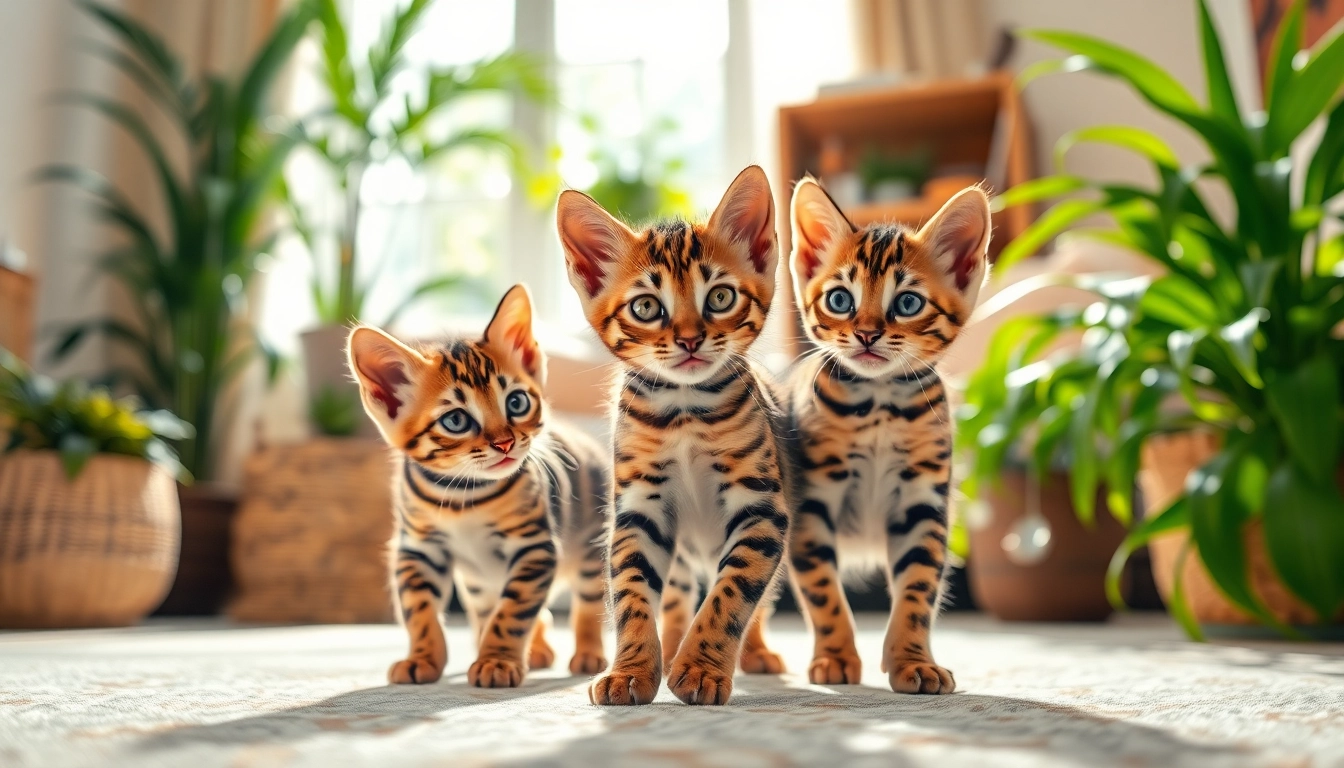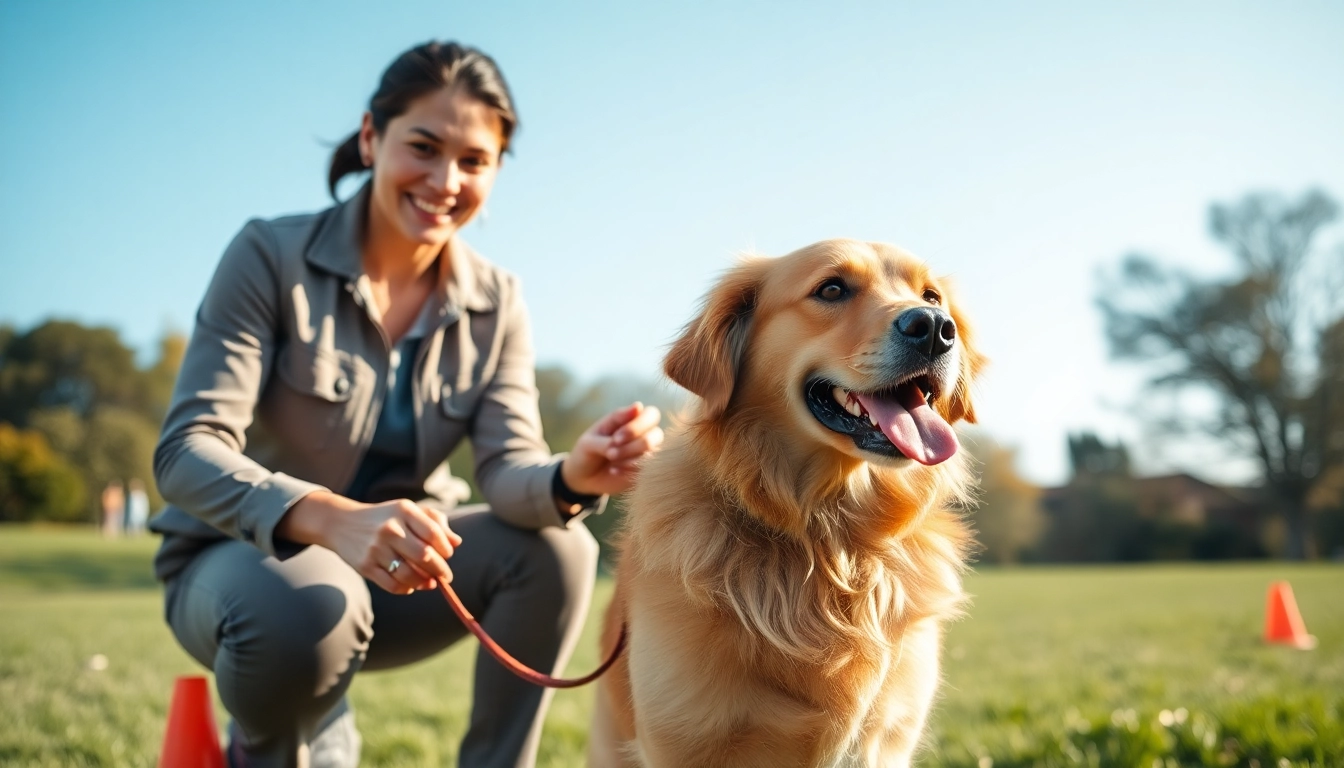Understanding the Bengal Breed
Origin and History of Bengals
The Bengal cat breed is a relatively modern feline hybrid that has carved out an impressive reputation in the world of domestic cats. Originating in the 1980s in the United States, the Bengal was developed by crossing domestic cats with the Asian leopard cat (Prionailurus bengalensis). This union was intended to create a breed that showcases the exotic spotted coat and graceful body of a wild cat while maintaining the friendly temperament and demeanor of a domestic companion. The breed gained popularity quickly due to its striking appearance, often characterized by its unique rosettes resembling those of a leopard.
By the 1990s, the Bengal breed began to gain official recognition and was accepted by The International Cat Association (TICA) in 1991. The recognition spurred the growth of dedicated breeders and enthusiasts, leading to a variety of Bengal cats with improved temperaments and physical traits, making them beloved family pets. This captivating breed continues to evolve, often incorporating careful breeding practices aimed at enhancing traits such as health, temperament, and stunning aesthetics.
Unique Traits of Bengal Cats
Bengal cats are renowned not just for their beauty, but also for their distinctive behavioral characteristics. One of their most notable features is their energetic and playful nature. Bengals are highly active, requiring mental and physical stimulation to stay healthy and happy. They are often described as “dog-like” due to their playful habits and their ability to learn tricks. Their curiosity pushes them to explore their environment thoroughly, which means that interactive playtime and a variety of toys are essential for their well-being.
Another unique trait of Bengals is their fascination with water. Unlike many cats, who often shy away from water, Bengals may enjoy playing with water sources like faucets or even swimming. This affinity can be attributed to their wild ancestry, as cats in the wild often found themselves near water bodies where they could hunt for prey.
Visually, Bengal cats are striking. They exhibit a dense, soft coat with a glossy finish and can be found in a variety of colors, including brown, silver, and snow. Their spots can manifest as rosettes or marbled patterns, contributing to their captivating appearance. The combination of their beauty and unique personality traits makes Bengal cats a favorite choice for cat enthusiasts.
Choosing the Right Bengal for You
Before acquiring a Bengal, it’s vital to assess your lifestyle and home environment to ensure compatibility with this active breed. Bengals thrive in environments where they can engage in play and exploration. For example, they benefit greatly from homes where they have access to secure outdoor enclosures or cat trees that enable climbing and jumping.
Additionally, considering adopting a Bengal kitten versus an adult provides different advantages. Kittens bring the joys of socializing and training, while adults may have established temperaments and training already, making them easier to integrate into a home. Moreover, those interested in specific colors or patterns should research the breeders in their area since not all breeders will focus on every variety within the Bengal breed. When you’re ready to start your search, be sure to check local offerings by reputable Bengal Breeders Orange County.
Finding Reputable Bengal Breeders in Orange County
Researching Local Breeders
The journey to finding a Bengal cat begins with thorough research. Start by looking for breeders in your area, especially those who specialize in Bengals and have positive reviews from past customers. Online platforms, breed-specific forums, and social media pages can be invaluable resources. Websites like Yelp or breeder databases can help you evaluate local options, ensuring that the breeder you choose has a good reputation for sending healthy, sociable kittens to loving homes.
It’s important to identify breeders who are members of recognized cat breeding organizations, such as TICA or The Cat Fanciers’ Association (CFA), which suggests a commitment to following breeding standards and ethics. Responsible breeders typically have comprehensive information about their breeding practices, including health testing, socialization efforts, and lineage details for their kittens.
Evaluating Breeder Credentials and Practices
Evaluating a breeder’s credentials is crucial in ensuring that you’re supporting ethical breeding practices. A reputable Bengal breeder typically provides detailed pedigree information, health certifications of both the parents and the kittens, and a contract that outlines responsibilities on both sides regarding health guarantees and return policies.
Visits to the breeder’s cattery should also be a part of your evaluation process, if possible. During a visit, you can assess the living conditions of the cats, ensuring that they are well-cared for and socialized. A clean, stable environment filled with stimulating activities is a good indicator of a responsible breeding operation. Additionally, observe how the cats interact with the breeders and themselves; a safe and nurturing environment will reveal a lot about the temperament of the kittens.
Questions to Ask Your Breeder
When speaking to potential breeders, preparation is key. It’s advisable to ask specific questions that can provide clarity on their practices and ensure they align with your expectations. Here are some valuable questions to guide your conversation:
- What is your breeding philosophy, and how do you ensure the health and temperament of your cats?
- Can you provide documentation of health testing for the parents (e.g., HCM, DNA tests)?
- What socialization practices do you implement with your kittens?
- What dietary recommendations do you suggest for your kittens?
- Are there any guarantees regarding health, and what is your policy regarding returns or exchanges?
By gaining insights through these questions, you can make an informed decision and choose a breeder that prioritizes the well-being of their cats and kittens.
Health and Care Standards for Bengal Cats
Understanding Health Testing and Certifications
Health testing is a vital aspect of responsible pet ownership, especially for breeds like Bengals that are prone to certain genetic conditions. Key health concerns for Bengals include Hypertrophic Cardiomyopathy (HCM), a hereditary condition that affects the heart. Well-respected breeders will perform screening tests on their breeding cats to detect this and other health issues before they are bred.
Each breeder should provide documentation proving that their breeding cats have been tested for genetic diseases. This commitment to health not only protects the kitten you decide to adopt but also ensures that responsible breeding practices are upheld in the Bengal community. Moreover, continued education regarding Bengal health can empower you as an owner to maintain wellness beyond the sale.
Ensuring Proper Socialization and Environment
Socialization is another key component in a Bengal’s development. Kittens should be raised in a stimulating environment where they are exposed to varied experiences, sounds, and people. Whether they’re playing or being held and cuddled, positive interactions shape their overall personality and comfort around humans.
Create a welcoming environment in your home with enrichments like climbing trees, scratching posts, and interactive toys. Bengals are not just playful but also highly intelligent, often thriving on puzzle toys that stimulate them mentally. Proper environmental enrichment reflects positively on their temperament and can help in reducing behavioral issues later on.
Diet and Nutrition Needs for Bengals
Nourishing your Bengal cat with a well-balanced diet is critical for their health and longevity. Diets high in protein and low in carbohydrates are often recommended, reflecting their carnivorous ancestry. Quality commercial cat food that lists real meat as the first ingredient is ideal, while ensuring that their diet reflects their life stage (kitten, adult, senior).
Fresh water should always be available, and a combination of dry and wet food can be beneficial for hydration. Regular dietary assessments and consultations with your veterinarian can guide you in making the best choices for your Bengal’s unique health needs, allowing you to adjust their diet as they grow and their needs change.
What to Expect When Adopting a Bengal Kitten
Initial Care and Setup
When you adopt a Bengal kitten, it’s essential to prepare your home in advance. Creating a safe space for your new friend involves removing any potential hazards, such as toxic plants or small objects that they might swallow. Providing litter boxes, scratching posts, perches, and a cozy sleeping area will help them feel secure as they explore their new home.
New kittens should ideally be confined to one room for the first few days to acclimate to their surroundings gradually. This gradual introduction can minimize stress and give them a cozy corner to retreat to. Utilize attractive enticing toys and enrichment tools to help them settle in while building their confidence and trust in their new space.
Behavioral Traits and Training Tips
As previously noted, Bengal cats are high-energy and require significant mental and physical stimulation. Training should start as soon as they enter your home, using positive reinforcement techniques to encourage desired behaviors. Bengals respond exceptionally well to clicker training, which can help in teaching basic commands and tricks.
Consistency is paramount. Establish routines around feeding, playtime, and social interaction, fostering a sense of security and predictability in your kitten’s life. Place a strong emphasis on positive rewards rather than punishment; this breed thrives in an environment where they feel safe and encouraged.
Building a Bond with Your New Pet
Building a bond with your Bengal kitten is an enriching journey that can yield countless rewards. Spend quality time engaging in play, petting, and gentle grooming to foster trust and affection. Bengals are known for their playful antics; engaging in interactive play sessions helps strengthen the bond while allowing you to enjoy their lively personalities.
Above all, patience is crucial. Every kitten is unique, and the connection between you may take some time to flourish. Keep the communication open with your Bengal through vocal cues, gentle handling, and inviting interactions, which will lead to a strong and loving relationship.
Connecting with the Bengal Community in Orange County
Local Events and Meetups
Once you’ve welcomed a Bengal into your family, connecting with local Bengal communities can offer excellent opportunities for socialization and support. Local events, such as cat shows or breed-specific meetups, can be found through organizations like TICA or information shared within lineage social media groups. Engaging with fellow Bengal enthusiasts allows for shared experiences and insights into raising these beautiful cats.
Online Forums and Support Groups
There are numerous online forums and support groups dedicated to Bengal owners where you can exchange tips, advice, and experiences. Platforms like Facebook and Reddit host several active groups where you can ask questions and share your insights on breeding, care, and training, thus enhancing your knowledge and support network.
Resources for Ongoing Care and Training
To sustain your Bengal’s health and happiness, staying informed through reputable resources is fundamental. Regular veterinary check-ups will ensure your Bengal remains in top health. Educational resources, including books and reputable websites, can help you with ongoing training, dietary adjustments, and behavioral management as your curious Bengal matures.
Consider seeking out local trainers familiar with the Bengal breed who can provide specialized insight into effective training and enrichment strategies catered to their unique personalities. A combined effort of external resources and community interaction can bolster your experience with your Bengal cat while ensuring they lead a happy, healthy life.



